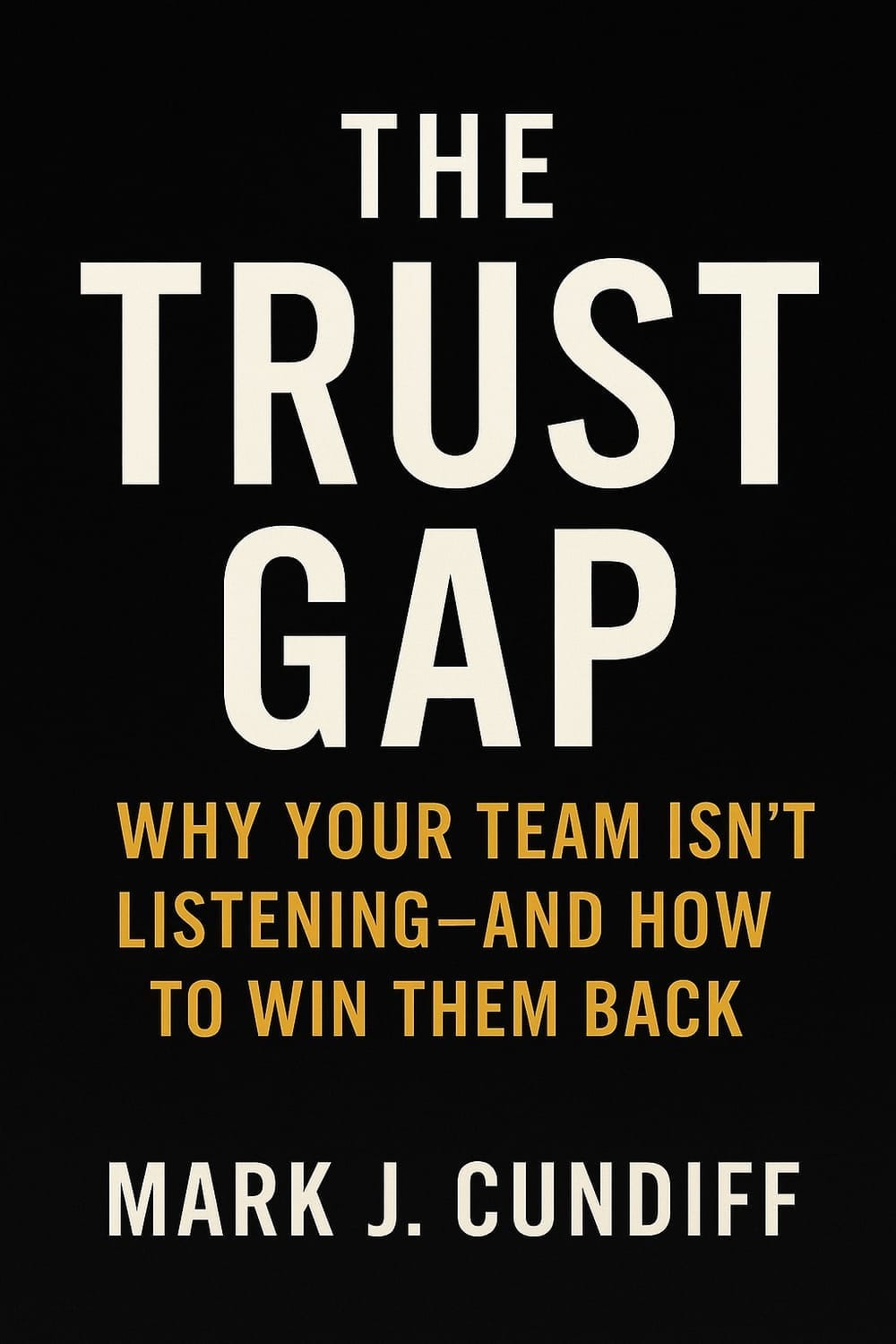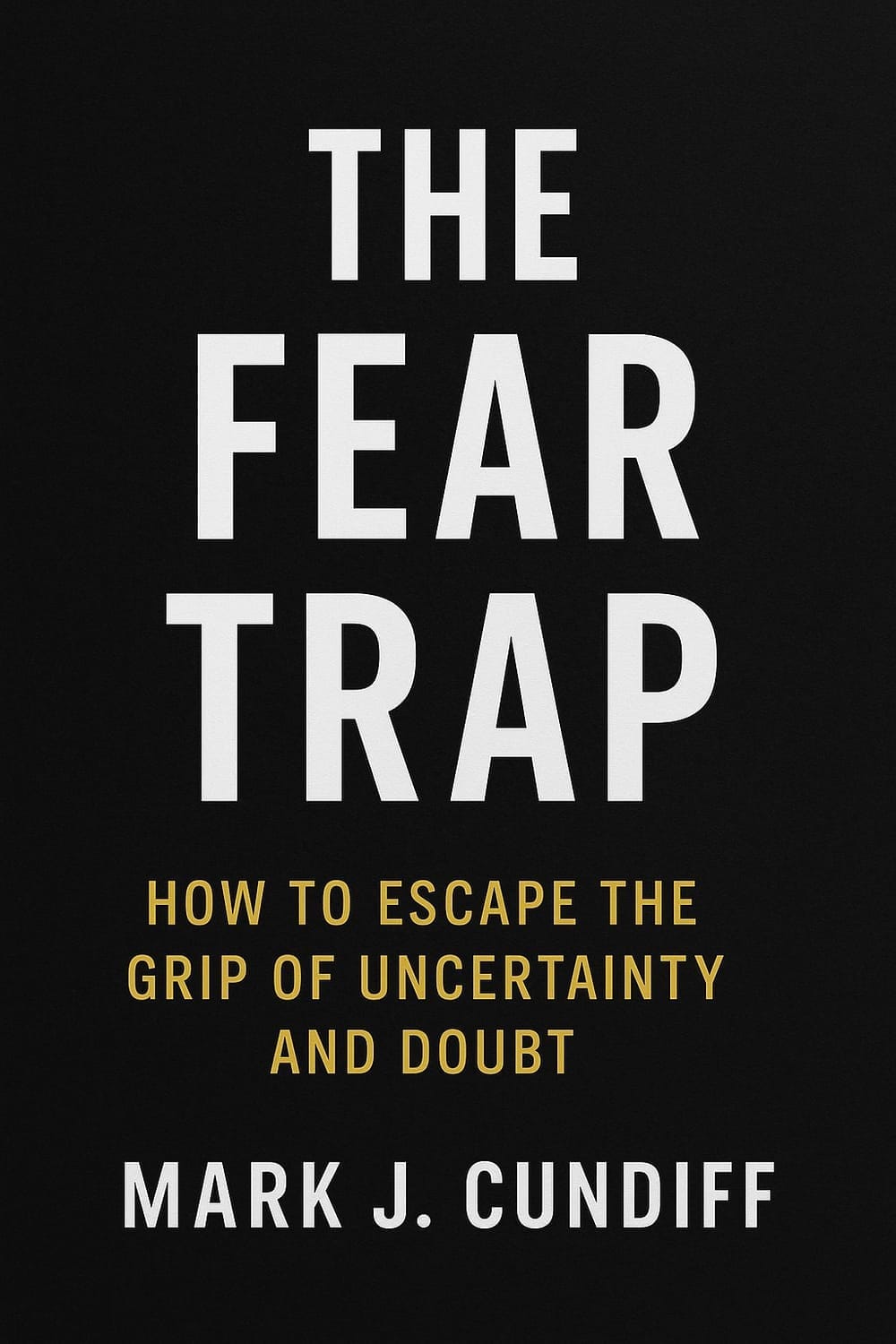SPIN Selling Book Summary - by Neil Rackham
SPIN Selling: The Field-Tested Framework for Winning Complex Sales
The $4.7M Deal That Almost Slipped Away
Sarah Jenkins sat in the sterile conference room. She watched her "can't-miss" opportunity slip away.
Her team had spent six months pursuing this $4.7 million contract. They had the superior product. Their pricing was competitive.
Their presentation was polished to perfection. As she saw the prospect's CFO cross his arms and lean back, she felt the deal slipping away.
"I'm just not convinced this is a priority for us right now," he said flatly.
Sarah's sales director jumped into rescue mode, highlighting more features and offering more concessions. The room grew tenser. The gap wider.
That's when Sarah remembered something she'd learned from Neil Rackham's SPIN Selling. Instead of pushing harder, she shifted gears completely.
"Mike, what happens to your customer satisfaction scores when your old system fails during busy times?"
His expression changed. "Well, we typically see complaint rates triple."
"And what impact does that have on retention?"
He sighed. "We calculated that each outage costs us about 3% of affected customers."
"What would eliminating those outages mean for your yearly revenue goals?"
For the next twenty minutes, the CFO himself built the case for why they couldn't afford to wait any longer. Three weeks later, they signed the contract.
SPIN Selling has the power to change resistance into enthusiasm. It’s all about how you ask questions, not just how you pitch.
Key Takeaways
SPIN stands for Situation, Problem, Implication, and Need-Payoff. This method, backed by research, helps boost sales success.
Top salespeople ask precise questions in a planned sequence. This approach helps them discover and shape customer needs.
Traditional closing techniques often miss the mark in larger sales. This is especially true when decisions are made without you present.
The investigation stage is the most critical part of the sales conversation, not the closing.
Implication questions transform minor issues into urgent business problems by exploring consequences and ripple effects.
Need-payoff questions get customers to articulate benefits in their own words, essentially selling themselves.
Why SPIN Selling Changed My Approach to Sales Leadership
What sets SPIN Selling apart is its research foundation. This isn't just another collection of sales opinions or best guesses.
Rackham and his team at Huthwaite spent 12 years and over $1 million studying over 35,000 sales calls in 23 countries. They studied the actions of top salespeople from 20 leading companies. They tracked 116 factors that could affect sales success.
This evidence-based approach felt refreshing to me. Many in this field rely on charisma and common beliefs.
Having guided teams through multi-million dollar deals that took a year, I found SPIN's framework clear and consistent. It helped us tackle our toughest conversations.
The Critical Difference: Small Sales vs. Large Sales
SPIN Selling makes a key point: it separates small, quick sales from bigger, more complex ones. This isn't just about dollar value—it's about the entire psychology of the purchase:
In small sales, decisions happen quickly, often while you're still in the room
In major sales, the most important discussions happen when you're not present
In small sales, product features might be enough to close
In large sales, the customer is entering a relationship, not just buying a product
This shows why old closing techniques that work for everyday items often fail with complex, high-value solutions.
The Four Stages of Every Effective Sales Call
Rackham found a clear structure for successful sales calls, especially in complex sales.
Preliminaries: Brief introductions and rapport-building. While important, this stage has minimal impact on success in major sales.
Investigating: This is where the magic happens. The SPIN framework shines here as salespeople strategically uncover and develop customer needs.
Demonstrating Capability: Showing how your solution addresses the specific needs uncovered during the investigation. Not about features—about solving problems.
Obtaining Commitment: Every call should conclude with appropriate next steps. In major sales, this isn't always "closing"—it might be scheduling a demonstration, meeting additional stakeholders, or beginning a trial.
It is fascinating that the Investigating stage is closely linked to sales success. This runs counter to what many of us were taught—that closing techniques are the make-or-break element. Instead, how well you uncover and develop needs determines your success rate more than any other factor.
The SPIN Framework: The Right Questions in the Right Order
SPIN is an acronym representing four types of questions asked during the investigating stage:
1. Situation Questions
These gather basic facts about the customer's current state.
Examples:
"What systems are you currently using?"
"How many people are involved in that process?"
Leadership Insight: While necessary, top performers use these sparingly. They do their homework before the call and don't waste time gathering information they could have researched in advance.
2. Problem Questions
These explore problems or difficulties the customer is experiencing.
Examples:
"Are you satisfied with your current equipment?"
"What challenges do you face with your existing process?"
Leadership Insight: These questions show hidden needs. They highlight issues that can be addressed. In smaller sales, these are powerful. In complex sales, they're just the beginning.
3. Implication Questions
These explore the consequences and effects of the customer's problems.
Examples:
"How does that reliability issue affect your production schedule?"
"What impact does that bottleneck have on your team's overtime costs?"
Leadership Insight: This is where major deals are won or lost. Implication questions take a problem the customer sees as small and help them understand its broader impact. They're especially effective with decision-makers, who think in terms of business implications.
4. Need-Payoff Questions
These help customers articulate the value of solving their problems.
Examples:
"How helpful would it be if you could reduce that processing time by 30%?"
"If your team could handle those peaks without overtime, what would that mean for your department?"
Leadership Insight: Top performers ask up to 10 times more of these than average sellers. These questions help customers believe in the solution. This cuts down objections and builds internal champions.
Why SPIN Works: The Psychology Behind the Framework
The SPIN approach is powerful because it matches how decisions are really made in complex organizations.
It builds perceived value - The single most important factor in larger sales success
It shifts from seller-focused to buyer-focused - Customers articulate benefits in their own terms
It equips internal champions - Helps contacts sell on your behalf when you're not in the room
It reduces objections - When customers tell you the benefits, they're less likely to resist
It respects the decision-maker's perspective - Implication questions speak the language of executives
Practical Application: Making SPIN Work for Your Team
I've seen SPIN boost sales performance in leadership teams when used clearly and consistently. Here's how you can apply it:
Train on question quality, not quantity - The right questions matter more than asking lots of questions
Coach the investigation stage - Record and review how your team uncovers needs
Celebrate need development, not just closing. Recognize when team members turn implied needs into clear ones.
Focus on implication questions. Most sales teams can grow the most here.
Practice need-payoff questions - These create internal champions who sell for you when you're not there
My Personal Experience
SPIN Selling isn't just theory for me. I've applied these principles in guiding teams through complex sales conversations spanning 12 to 36 months. In industries with numerous decision-makers and substantial budgets, this framework offers clear guidance.
It also delivers measurable results, even during long sales cycles.
What I value most about SPIN is how it shifts the conversation from pushing products to developing genuine insight. It changes salespeople from pitch-makers to problem-solvers. This shift is crucial when it comes to relationships and reputation.
Your Next Steps as a Leader
If you're leading a sales team tackling complex sales, here's what I'd recommend:
Read the book - Absorb the research and examples firsthand.
Identify your team's SPIN ratio - Are they heavy on situation questions but light on implications?
Practice developing implication chains - This skill takes time but delivers outsized returns.
Create a question bank - Build a resource of powerful questions for each SPIN category.
Coach to the framework - Use SPIN as a common language for development conversation.s
Remember: in larger sales, success isn't about pitching perfectly—it's about questioning skillfully. Help your team master the art of asking the right questions in the right sequence, and you'll see your close rates climb as your sales cycles shorten.
Frequently Asked Questions About SPIN Selling
How long does it take to implement SPIN Selling effectively?
Sales teams usually notice improvements in 30-60 days. However, mastering implication questions often requires 3-6 months of regular practice and coaching. The good news is even partial implementation often yields measurable results.
Does SPIN Selling replace other sales methodologies?
I've found SPIN works best not as a replacement but as an enhancement to your existing sales process. It's particularly valuable at the need discovery and development stages, complementing other methodologies focused on prospecting or account planning.
How do you measure if SPIN is working?
Look for early indicators, such as longer investigation phases, more explicit needs articulated by prospects, reduced objection-handling time, and increased internal champions. Revenue improvements typically follow within one or two sales cycles.
Can SPIN be used in prospecting calls or is it only for face-to-face meetings?
I mainly designed SPIN for in-person talks. However, I’ve adapted it for prospecting calls. Now, I focus on 1-2 implication questions that address common industry issues. The full framework is most effective when you have more time, but its elements can still be useful even in brief conversations.
How does SPIN work in our digital, remote selling environment?
In virtual settings, SPIN is even more effective. It boosts engagement where keeping attention is tough. I suggest using collaborative documents or visual aids. They help map out implications with customers during video calls.
How do you train a team to use SPIN effectively?
First, understand the framework. Then, practice making question chains for your products and common customer issues. Role playing is essential, especially for implication and need-payoff questions. Record actual calls and review them as a team to identify opportunities for better questioning patterns.
SPIN Selling offers a proven path for sales leaders navigating the complexities of high-value deals. Focusing on needs instead of pushing solutions builds value. This approach justifies big decisions and turns your team from vendors into trusted advisors.
How are you currently developing your team's questioning skills?
Which part of the SPIN framework seems most challenging for your sales organization?
I'd love to continue this conversation about elevating your approach to complex sales.
Join over 3,900 Fellow Leaders reading The Learning To Lead Newsletter each week!
Recent Articles

Join over 3,900 Fellow Leaders reading The Learning To Lead Newsletter each week!
©2025 Learning To Lead | Helping Good Leaders Become Great Leaders


